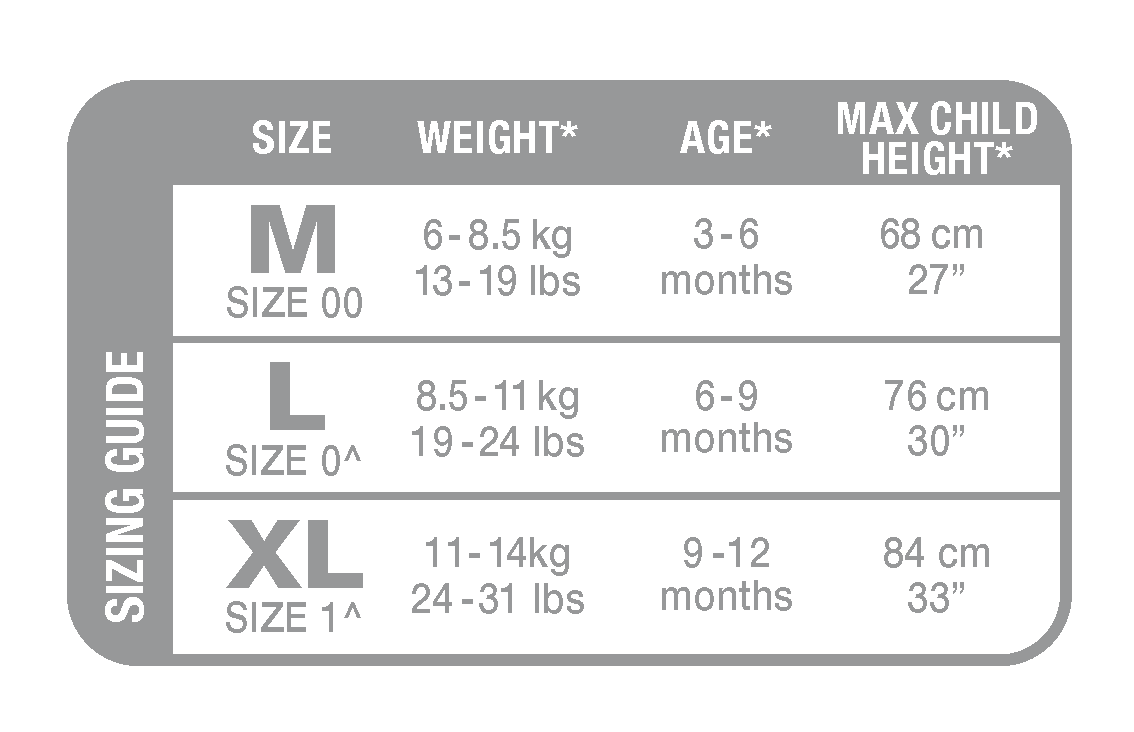Love to Dream Swaddle Up Transition Bag WARM (50/50) 2.5 TOG
LOVE TO DREAM SWADDLE UP™ TRANSITION BAG (50/50) WARM 2.5 TOG
As soon as your baby starts showing signs of trying to roll, you must transition to “arms-free” sleep.
Making the move from the secure feeling of being swaddled to sleeping with arms free can be upsetting for some babies… & their parents
The Swaddle UP™ TRANSITION BAG enables you to zip off one wing at a time, allowing your baby to slowly adjust to “arms-free” sleep. A genius solution that will help you preserve your peaceful sleep routine.
Three easy steps:
-
Keep both wings attached until your baby is ready to transition
-
Once your baby starts to show signs of independent rolling, wait till baby is asleep and then zip off one wing so that one arms is free and one arm is still swaddled. This will allow your baby to get used to the sensation of having one arm out.
-
After a few nights, simply remove the other wing
Key features:
-
2.5 TOG viscose from bamboo built-in quilted blanket for superior warmth & comfort is ideal for cool climates
-
Naturally temperature regulating
-
Gentler way to help your baby graduate from swaddling
-
Patented zip-off wings
-
Converts to a snug sleeping bag, maintaining the secure feeling of being swaddled
-
Single layer of fabric to reduce risk of overheating
-
Certified ‘hip-healthy’ design allows the recommended flexion for hips & legs
-
Twin zipper for easy nappy changes
-
No loose layers to kick off during sleep
-
Easy care: Machine washable & tumble dryer friendly
Fabric Content:
Outer & Lining: 93% Cotton 7% Elastane
Fill: 100% Viscose (from Bamboo)
Sizing:
Available in 3 sizes:

*Ages, weights & child heights are approximate. For best fit result please select size according to your child’s weight, not their age or height.
Recommended Clothing by Temperature:

These tables are only to be used as a guide. All children are different. The number of clothing layers may vary according to a child’s health, their physiology and the temperature in the room. The care-giver must determine what is suitable.



















